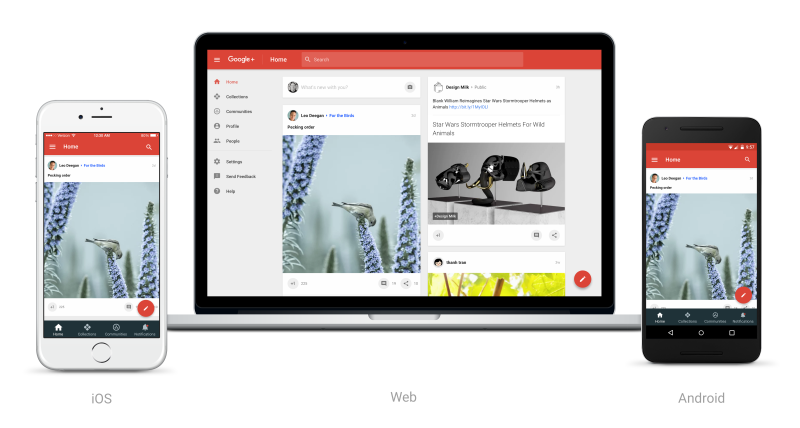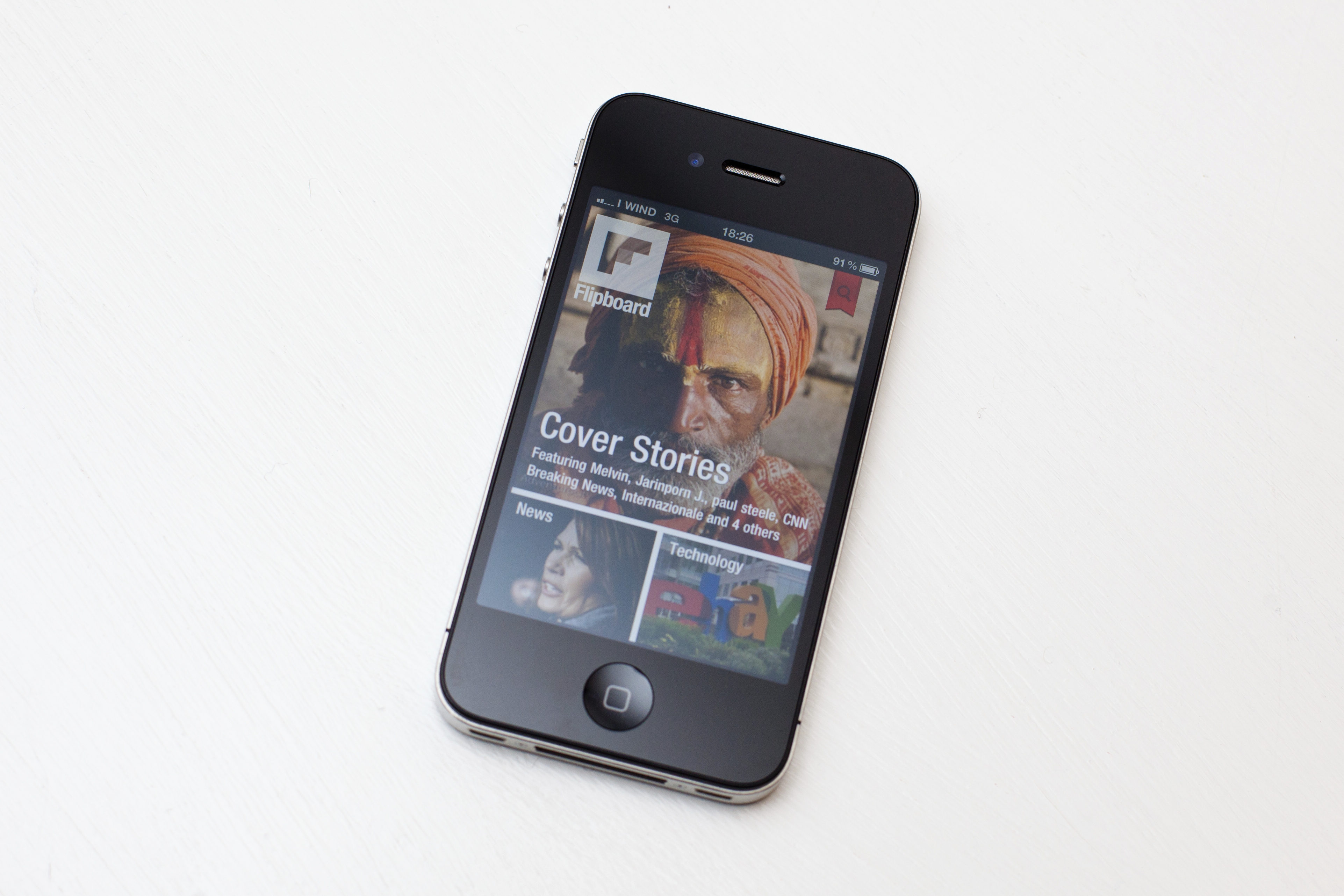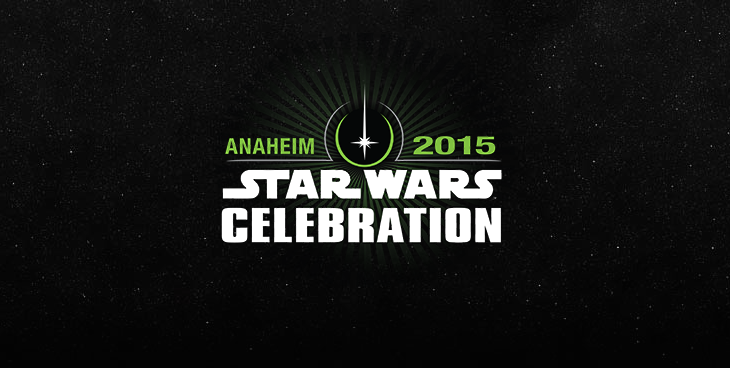What Happened
Three former hosts of popular auto reality show “Top Gear” are teaming up with tech entrepreneur Ernesto Schmitt to prepare for the launch of DriveTribe, a digital media platform for car enthusiasts. The new site will host a variety of original content that blends editorial, social, and commerce. More interestingly, the site will be structured into different “tribes” for fans of different motoring interests, and each vertical will be hosted by different personalities and content creators to curate specific content targeting their audiences.
What Brands Need To Do
While it is too early to tell whether this new site will take off, the way the creators segment the site into different “tribes” to reflect the varying interests within the car enthusiast community provides an interesting example of how media owners are tailoring their digital content to meet the increasing consumer demand for personalization. As for marketers, especially for auto and lifestyle brands, this sort of tribal divide provides some natural audience segmentation that brands can target against. As the site promises to incorporate commerce elements, there should be some marketing opportunities for brands to reach the site’s audience, which auto brands should be on the lookout for.
Source: Variety






